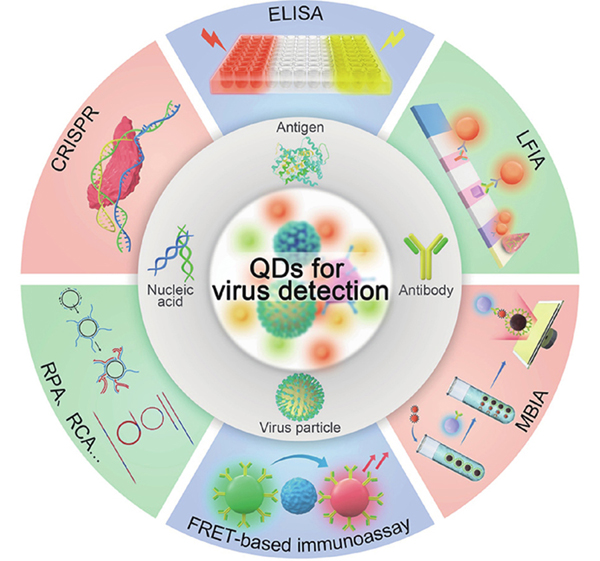[1] Y A Kim, T M Przytycka. The language of a virus. Science, 371, 233(2021).
[2] S Mukherjee et al. Before virus, after virus: A reckoning. Cell, 183, 308(2020).
[3] J Castilla, P Saá, C Soto. Detection of prions in blood. Nat Med, 11, 982(2005).
[7] W J Wiersinga, H C Prescott. What is COVID-19?. JAMA, 324, 816(2020).
[8] N J Matheson, P J Lehner. How does SARS-CoV-2 cause COVID-19?.. Science, 369, 510(2020).
[12] R Krajewski et al. Update on serologic testing in COVID-19. Clin Chimica Acta, 510, 746(2020).
[76] A Dove. Technology Feature| PCR: Thirty-five years and counting. Science, 360, 673(2018).
[89] D D Kocak, C A Gersbach. From CRISPR scissors to virus sensors. Nature, 557, 168(2018).




